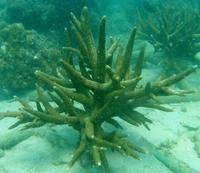Individuals and industries are aware of the need to act responsibly in protecting the world by applying the principles of sustainable development. This means acting in a way which does not limit the range of economic, social and environmental options available for future generations.
We have to use natural resources as effectively as possible in the production of consumer goods. PVC makes the most of valuable resources by using the minimum amount of raw materials and energy during manufacture and processing.
Today, PVC is lighter, stronger and more adaptable than ever before thanks to continuing technological innovation.
This means that product for product, proportionally less of the world's oil and energy resources are being used with lower overall impact on the environment.
The environmental advantages of PVC use in consumer goods include:
- Comparatively low energy and resource use in production and conversion;
- Lifecycle analyses have shown that sustainable development is possible for PVC
- PVC products are often lighter then those made from alternative materials, they therefore require less fuel and generate fewer emissions during transportation;
- PVC products are durable, so frequent replacement is unnecessary;
- As a thermoplastic, PVC can be recycled a number of times;
- PVC can be safely incinerated, allowing energy recovery, or safely disposed of in landfill.









